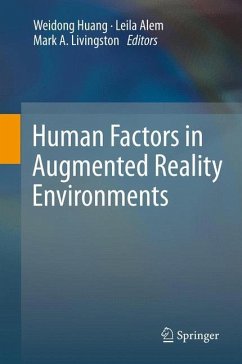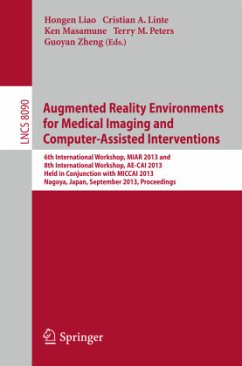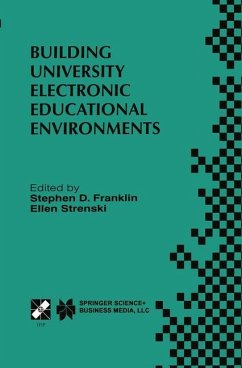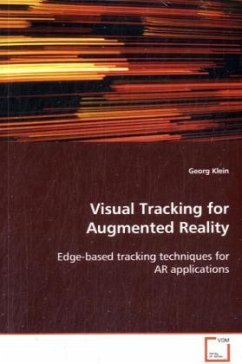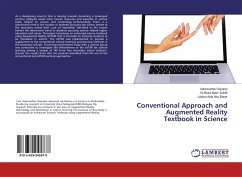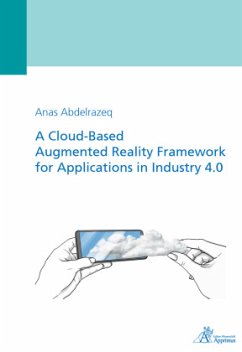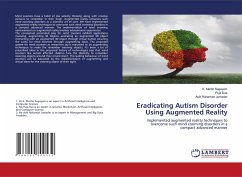
Integrating Hypermedia Techniques in Augmented Reality Environments
Navigating Complex Information Spaces by Physically Manipulating Hypermedia Structures in Tangible Augmented Reality Interfaces
Versandkostenfrei!
Versandfertig in 6-10 Tagen
45,99 €
inkl. MwSt.

PAYBACK Punkte
23 °P sammeln!
Augmented Reality systems, which overlay virtualinformation over the real world, can benefit greatly from thetechniques established by the Open Hypermedia research field. Storinginformation and links separately from a document can be advantageous for augmented reality applications and can enable theadaption of content to suit users preferences. Using OpenHypermedia in the information systems behind AR environments providesbenefits to augmented reality developers, not only because of theexisting Open Hypermedia methods but also because of theapplicability of Open Hypermedia interaction techniqu...
Augmented Reality systems, which overlay virtual
information over
the real world, can benefit greatly from the
techniques established
by the Open Hypermedia research field. Storing
information and
links separately from a document can be advantageous for
augmented reality applications and can enable the
adaption of
content to suit users preferences. Using Open
Hypermedia in the
information systems behind AR environments provides
benefits to
augmented reality developers, not only because of the
existing Open
Hypermedia methods but also because of the
applicability of Open
Hypermedia interaction techniques to the augmented
reality domain.
Tangible augmented reality techniques, in which
graphics are
overlaid on physical objects that can be manipulated
as input
devices, can be used to interact with the resulting
information
spaces by exposing the adaptation processes in the Open
Hypermedia systems. This thesis describes the
development of
various physical interaction metaphors that allow
users to physically
manipulate the underlying hypermedia structures to
their liking,
resulting in a natural and intuitive way to navigate
complex
information spaces.
information over
the real world, can benefit greatly from the
techniques established
by the Open Hypermedia research field. Storing
information and
links separately from a document can be advantageous for
augmented reality applications and can enable the
adaption of
content to suit users preferences. Using Open
Hypermedia in the
information systems behind AR environments provides
benefits to
augmented reality developers, not only because of the
existing Open
Hypermedia methods but also because of the
applicability of Open
Hypermedia interaction techniques to the augmented
reality domain.
Tangible augmented reality techniques, in which
graphics are
overlaid on physical objects that can be manipulated
as input
devices, can be used to interact with the resulting
information
spaces by exposing the adaptation processes in the Open
Hypermedia systems. This thesis describes the
development of
various physical interaction metaphors that allow
users to physically
manipulate the underlying hypermedia structures to
their liking,
resulting in a natural and intuitive way to navigate
complex
information spaces.



